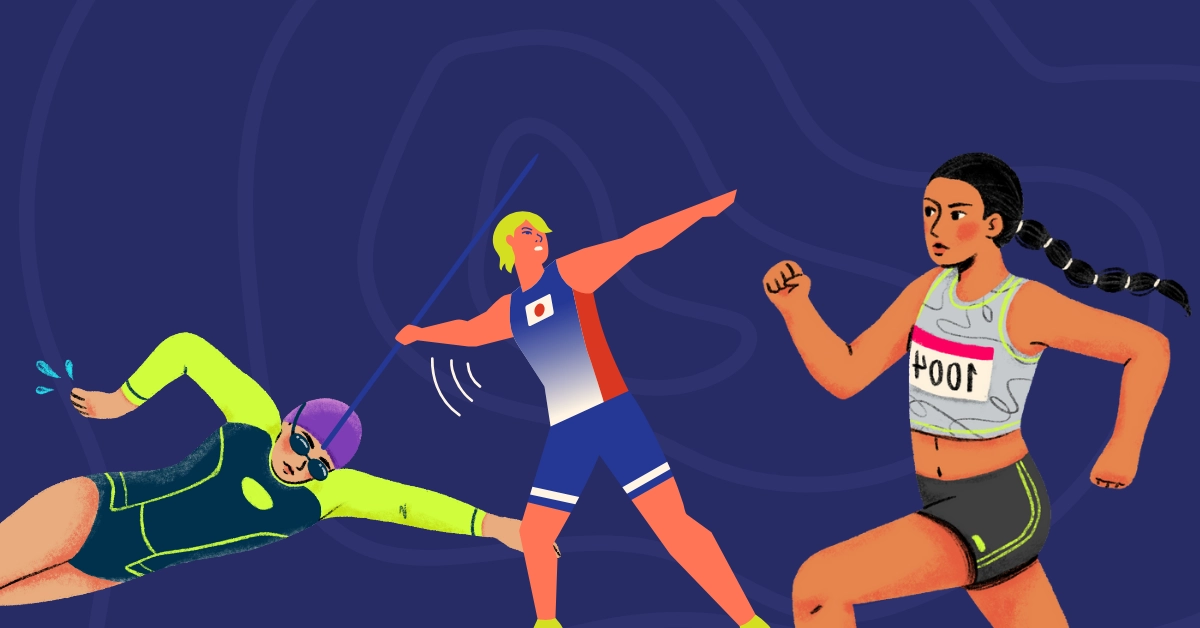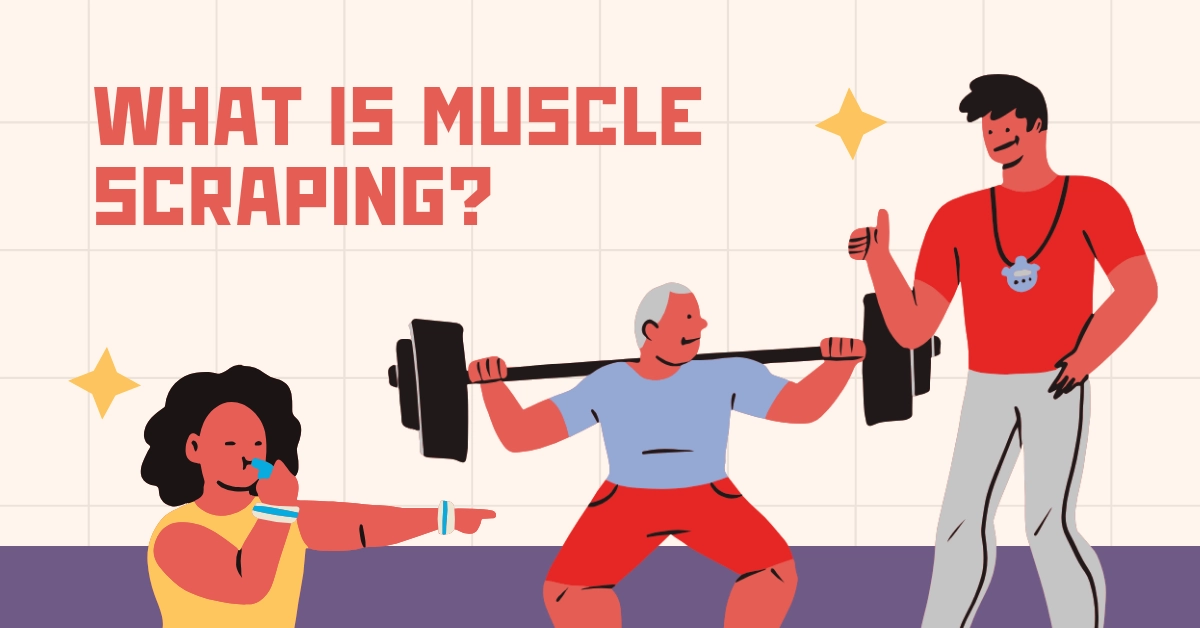Muscle scraping, also known as myofascial release or Instrument Assisted Soft Tissue Mobilization (IASTM), is a popular treatment. It uses tools to scrape the skin, targeting muscles and soft tissues. This helps improve mobility, reduce pain, and promote healing.
The term “muscle scraping” might sound unusual, but it has a long history. It’s used in physical therapy, sports rehabilitation, and massage therapy. We’ll explore its benifits, how it works, and its uses in modern medicine and sports.
Table of Contents
What is Muscle Scraping?
Muscle scraping uses tools to apply pressure to the skin and soft tissues. The scraping motion mobilizes tissues, breaks down adhesions, and improves blood circulation. This helps restore normal tissue function and promotes healing.
The primary goal is to address fascia issues. Fascia surrounds muscles, nerves, and blood vessels. It can become tight due to injury or poor posture, leading to pain and limited movement. Muscle scraping releases these restrictions, restoring normal function.
While it might sound painful, muscle scraping is generally well-tolerated. It’s often seen as an effective alternative to traditional massage or physical therapy.
The History of Muscle Scraping
Muscle scraping has roots in Gua Sha, an ancient Chinese healing technique. Gua Sha uses tools to promote energy flow and improve blood circulation. In addition to releasing blockages, it relieves inflammation and pain.
The modern version, IASTM, evolved from these ancient practices. Physical therapists and sports professionals started using instruments in the 1990s. Advanced tools and techniques have made muscle scraping popular in healthcare today.
How Does Muscle Scraping Work?
During muscle scraping, pressure is applied with a gliding motion. The therapist uses different techniques based on the condition being treated.
Here’s how it works:
- Preparation: The area is lubricated with oil or cream to reduce friction. This makes the scraping tool move smoothly and minimizes discomfort.
- Scraping Technique: The therapist uses a tool to scrape over the target muscle or fascia. The pressure applied varies based on the intensity needed and the patient’s tolerance. This stimulates blood flow and loosens the fascia.
- Post-Scraping: After the procedure, the area may appear red or bruised due to increased blood circulation. The practitioner may recommend stretching, rest, or ice to reduce inflammation and promote recovery.
The Benefits of Muscle Scraping
Muscle scraping offers several benefits, especially for athletes and those with chronic pain. Key advantages include:
- Improved Blood Circulation: Scraping enhances local blood flow, delivering oxygen and nutrients while removing waste. This promotes healing and reduces inflammation.
- Release of Muscle Tension and Adhesions: Muscle scraping breaks up adhesions, knots, or scar tissue This restricts muscle movement and causes discomfort. It’s helpful for injuries or chronic pain caused by soft tissue restrictions.
- Enhanced Flexibility and Range of Motion: Muscle scraping helps improve flexibility and joint movement. This is great for athletes or anyone with stiffness.
- Pain Reduction: It increases blood flow and releases muscle tension. Many people feel less pain right after a session.
- Faster Recovery from Injuries: It helps tissues heal faster and reduces swelling. This is good for athletes who need to get back to their game quickly.
- Treatment for Chronic Conditions: It can lessen chronic pain in conditions like tendinitis and plantar fasciitis. It’s especially helpful when other treatments don’t work.
Is Muscle Scraping Effective?
Studies show muscle scraping can improve soft tissue health and reduce pain. It’s most beneficial for:
- Myofascial pain syndrome (chronic muscle pain)
- Tendinitis (inflammation of tendons)
- Plantar fasciitis (heel pain due to inflammation of the plantar fascia)
- Pain in the outer thighs and knees caused by IT band syndrome
- Scar tissue formation after injuries or surgery
Many athletes find it helps their performance by making them more flexible and less sore. The exact how it works is still being studied, but the benefits are clear.

Risks and Side Effects of Muscle Scraping
Muscle scraping is safe when done by a trained professional. But, there are some risks and side effects In order to be aware of. These include:
- Bruising: Bruising is common, especially if too much pressure is used. It’s usually mild and goes away in a few days.
- Soreness: It can make the treated area sore or stiff. Within 24 to 48 hours, this usually goes away.
- Skin Sensitivity: Some people might find the pressure irritating. The practitioner should adjust the pressure based on comfort.
- Not Suitable for All Individuals: Avoid muscle scraping if you have open wounds, active skin infections, or certain health conditions.
How is Muscle Scraping Used in Practice?
Physical therapists, massage therapists, and chiropractors use muscle scraping. It’s part of a treatment plan that might include other therapies.
The process involves:
- Assessment: The practitioner checks the patient’s condition to see if muscle scraping is right for them.
- Targeted Treatment: The therapist uses the tool to work on tight muscles and scar tissue. The pressure used depends on the condition.
- Follow-Up: Afterward, the practitioner might suggest exercises or stretches to help manage pain and inflammation.
Conclusion
Muscle scraping is a helpful technique for musculoskeletal pain and injuries. It improves flexibility, blood flow, reduces pain, and aids in recovery. It’s a valuable tool for those dealing with muscle issues.
Muscle scraping is usually safe and well-accepted. However, it’s crucial to get it from a skilled professional. This ensures it’s done right and safely. It can also be a great part of a treatment plan for better muscle health and overall well-being.
Before trying muscle scraping, it’s wise to talk to a healthcare provider. This is especially true if you have any health issues or concerns. With the right care and a plan made just for you, muscle scraping can help a lot. It can aid in recovery, prevent injuries, and boost your physical performance.
FAQ
Does muscle scraping hurt?
Although the pressure during muscle scraping may cause some discomfort, it is generally tolerable. The therapist adjusts the intensity to match your tolerance.
Is muscle scraping effective?
Yes, muscle scraping works well against conditions such as myofascial pain syndrome, tendinitis, plantar fasciitis, IT band syndrome, and scar tissue from injuries.
How does muscle scraping work?
In this technique, a special tool is used to apply pressure to the muscles and fascia in a gliding motion. It stimulates blood flow, releases tight muscles, and breaks up sticky or scar tissue.
Is muscle scraping suitable for athletes?
Yes, muscle scraping is good for athletes because it helps reduce pain, improve flexibility, and speed recovery from injuries.
